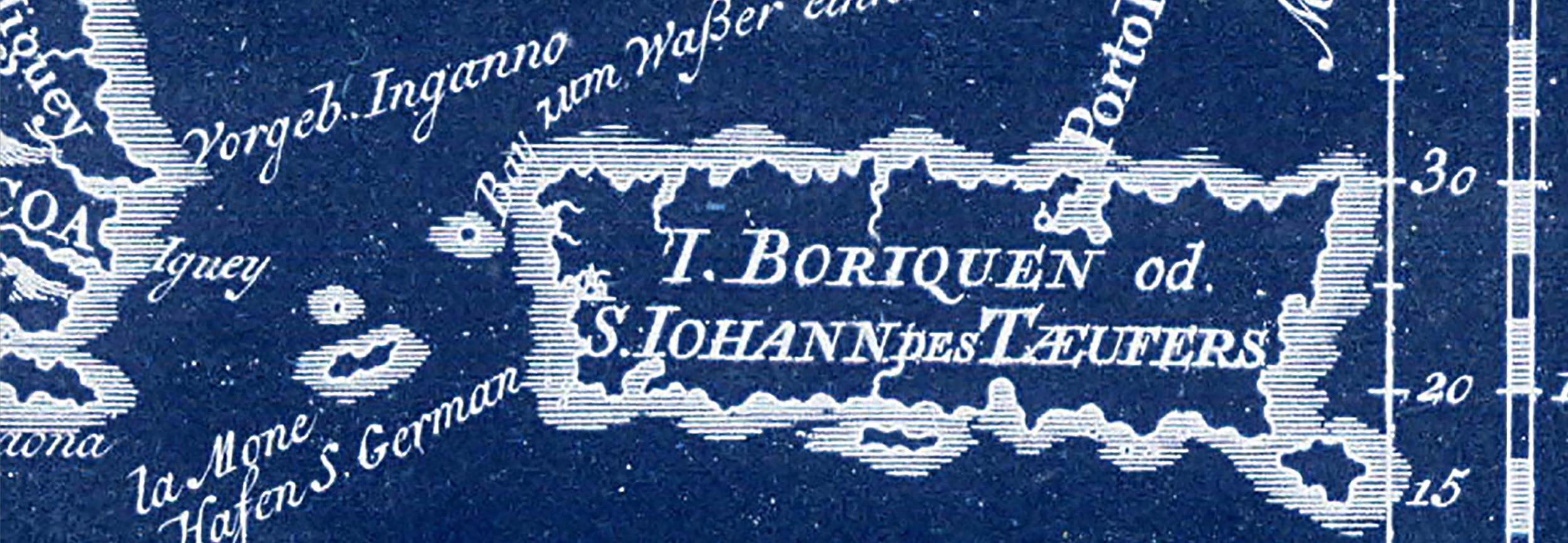1. summary
To fully understand Puerto Rico's asymmetrical "relationship" to the US, it is essential to have a basic understanding of the US Supreme Court Insular Cases (early 1900s), the Jones-Shafroth Act of 1917, and the Merchant Marine Act of 1920 (also known as the Jones Act, but not to be confused with the Jones-Shafroth Act, a common mistake).
My intent is to provide a more complete framework, mainly via linked resources, to the simplistic narrative that is often presented in mainstream US media, a narrative that completely ignores Puerto Rican perspectives on the debt and solutions that would benefit Puerto Ricans, not mainland interests. This information is not intended to deny corruption and misguided economic policies at the local level. Local corruption works in conjunction and collaboration with federal policies that serve mainland interests, not island interests, in tandem with US crony capitalism and Wall Street fraud. My frustration with US media coverage (or even PR local media coverage) is how they fail to mention how federal policy inherently shapes non-sensical local economic policy.
When talking about Puerto Rico debt consider these factors that contributed to the recipe for disaster:
1. Congress’ Jones-Shafroth Act (1917) The same Congressional bill that unilaterally imposed US citizenship on Puerto Ricans also created triple-tax exempt bonds - Section 3 exempted Puerto Rican bonds from federal, state, and local taxes regardless of where the bond holder resides. With adecuate regulation this may have initially worked well to attract investment to the island, but in recent decades with loosening of various financial regulations and the loss of tax incentives, this became the only way for the island to raise capital. It also made it a target for fraud by banking institutions, with the aid of a revolving door of corrupt politicians, bankers, and financial brokers.
2. Puerto Rico’s financial institutions are not covered by the Investment Company Act of 1940, a law regulating mutual funds and closed-end funds, that was created after the Great Depression to regulate Wall Street. This loophole is cited in bond malfeasance perpetrated by UBS Puerto Rico.
3. US propped up Puerto Rico’s economy artificially for decades, to show off US capitalist model vs Communism, Socialism (Soviet Union, Cuba).
4. Congress (1984) excluded Puerto Rico from Bankrupcy Protection.
5. After Cold War over in 1990’s and with passage of NAFTA in 1993, US lost interest in Puerto Rico.
6. Congress repealed in 1996, Section 936 in US tax code, incentives for corporate investment in Puerto Rico, phaseout completed in 2006.
7. Glass-Steagall repealed 1999.
8. Wall Street exploited triple-tax exempt bonds in selling to mainland bond buyers, knowing Puerto Rico was not elegible for Chapter 9 bankruptcy.
9. As Puerto Rico’s economy falters, banks offer more and more loans at predatory rates. These loans have not been fully investigated/audited, but a partial audit determined that many of the loans were “odious” and as such, there was no obligation to repay them. The Fiscal Control Board scrapped plans to do a complete audit earlier in 2017, sparking massive protests. Many believe a large portion of loans “odious” because loan terms violated the Puerto Rico Constitution.
10. Hedge funds swoop in, with many of the same actors in financial crises in Greece, Argentina & Detroit.
11. While the ILLUSION of a modicum of sovereignty over local affairs was maintained for decades, 2 US Supreme Court cases in 2016 made it crystal clear that Puerto Rico was the US’ possession. USSC cases Puerto Rico v. Sanchez Valle and Puerto Rico v. Franklin Trust.
12. After the passage of PROMESA and the appointment of the Financial Oversight Management Board (Fiscal Control Board or the Junta), focus has been on IMF-style austerity measures, such as cuts to public schools, the University of Puerto Rico, “labor reform,” and public health. Focus on austerity made disaster preparedness an impossibility.
13. All of the above is to provide a missing context to the mainland narrative about Puerto Rico and its debt. Many of the details about US political and economic federal policies that lie behind the buildup of this so-called debt are never discussed in mainstream US media.



